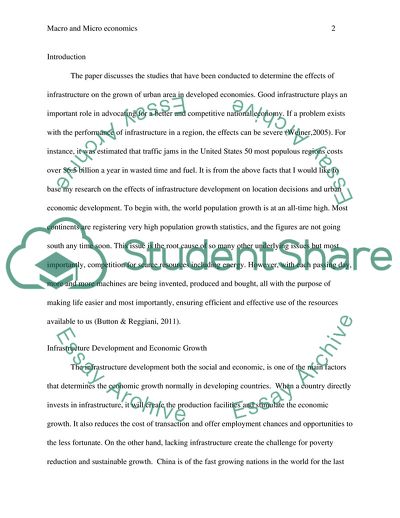Cite this document
(THE EFFECTS OF INFRASTRUCTURE DEVELOPMENT ON LOCATION DECISIONS AND Term Paper, n.d.)
THE EFFECTS OF INFRASTRUCTURE DEVELOPMENT ON LOCATION DECISIONS AND Term Paper. https://studentshare.org/macro-microeconomics/1845348-the-effects-of-infrastructure-development-on-location-decisions-and-urban-economic-growth
THE EFFECTS OF INFRASTRUCTURE DEVELOPMENT ON LOCATION DECISIONS AND Term Paper. https://studentshare.org/macro-microeconomics/1845348-the-effects-of-infrastructure-development-on-location-decisions-and-urban-economic-growth
(THE EFFECTS OF INFRASTRUCTURE DEVELOPMENT ON LOCATION DECISIONS AND Term Paper)
THE EFFECTS OF INFRASTRUCTURE DEVELOPMENT ON LOCATION DECISIONS AND Term Paper. https://studentshare.org/macro-microeconomics/1845348-the-effects-of-infrastructure-development-on-location-decisions-and-urban-economic-growth.
THE EFFECTS OF INFRASTRUCTURE DEVELOPMENT ON LOCATION DECISIONS AND Term Paper. https://studentshare.org/macro-microeconomics/1845348-the-effects-of-infrastructure-development-on-location-decisions-and-urban-economic-growth.
“THE EFFECTS OF INFRASTRUCTURE DEVELOPMENT ON LOCATION DECISIONS AND Term Paper”. https://studentshare.org/macro-microeconomics/1845348-the-effects-of-infrastructure-development-on-location-decisions-and-urban-economic-growth.


